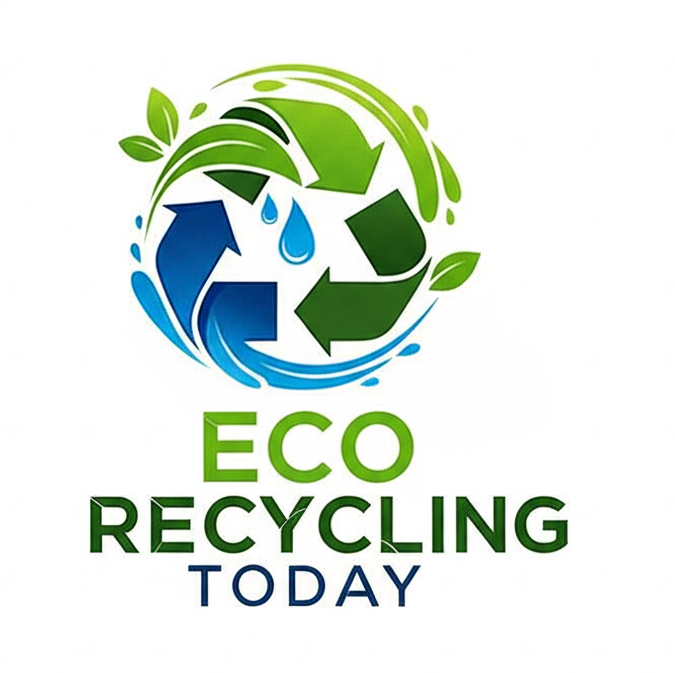Plastic recycling is one of the most effective ways to reduce environmental pollution, conserve natural resources, and promote sustainable manufacturing. But have you ever wondered how plastic is recycled step by step? Understanding the entire recycling process helps us realize the importance of sorting, cleaning, and reusing plastic waste correctly.
Plastic recycling is the process of collecting used plastic materials, breaking them down, and converting them into raw materials that can be used to manufacture new plastic products. This reduces the need for virgin plastic production, conserves energy, and decreases pollution.

Types of Plastics Commonly Recycled
Plastic is not just one material—it comes in several types, each with unique properties. These include:
| Plastic Type | Common Uses | Recyclability |
|---|---|---|
| PET (Polyethylene Terephthalate) | Water bottles, soda bottles, food containers | Widely recyclable and most commonly processed |
| HDPE (High-Density Polyethylene) | Milk jugs, detergent bottles, toys | Easily recycled into piping, bottles, and plastic lumber |
| PVC (Polyvinyl Chloride) | Pipes, window frames, packaging | Difficult to recycle, often avoided |
| LDPE (Low-Density Polyethylene) | Plastic bags, shrink wrap, bubble wrap | Recyclable but less commonly accepted in curbside programs |
| PP (Polypropylene) | Yogurt containers, bottle caps, straws | Increasingly recyclable with newer technology |
| PS (Polystyrene) | Disposable cups, takeout containers, foam packaging | Hard to recycle, often discarded |
Step-by-Step Plastic Recycling Process
1. Collection
Plastic waste is gathered from households, commercial sources, curbside recycling bins, drop-off centers, and industrial waste. Collection systems vary by location but are the first crucial step in diverting plastic from landfills.
2. Sorting
At recycling facilities, plastics are sorted by resin type and sometimes by color. This sorting is vital because different plastics melt at different temperatures and cannot be processed together. Sorting methods include:
- Manual Sorting: Workers separate plastics by hand.
- Automated Sorting: Machines use infrared sensors, air jets, and water flotation tanks to classify plastics efficiently.
3. Cleaning
Contaminants like food residues, labels, dirt, and adhesives are removed during washing. Clean plastic ensures higher quality recycled products and avoids damage to machinery.
4. Shredding
Clean plastics are shredded into flakes or small pieces to prepare for melting. This increases surface area and makes further processing easier.
5. Identification and Separation
Advanced facilities use density separation and other technologies to remove non-plastic materials and separate plastics by grade and type.
6. Melting and Pelletizing
The shredded plastic flakes are melted down and extruded into uniform pellets or “nurdles.” These pellets serve as raw materials for manufacturers to create new plastic items.
7. Manufacturing
Recycled plastic pellets are sent to factories where they are molded into new products such as bottles, containers, clothing fibers, automotive parts, and construction materials.
Methods of Plastic Recycling
1. Mechanical Recycling
The most common method, mechanical recycling, involves physically processing plastics through sorting, cleaning, shredding, melting, and remanufacturing without changing the chemical structure.
2. Chemical Recycling
Chemical recycling breaks plastics down chemically into their original monomers or other substances. This method can handle mixed and contaminated plastics better but is still developing commercially.
3. Energy Recovery
In cases where recycling is not feasible, plastic waste may be converted into energy through incineration, though this is less environmentally friendly.
Benefits of Plastic Recycling
- Reduces Landfill Waste: Prevents plastic accumulation that can take hundreds of years to decompose.
- Conserves Resources: Saves petroleum and natural gas used to produce virgin plastic.
- Energy Savings: Recycling plastic consumes less energy compared to new plastic production.
- Lower Carbon Footprint: Reduced emissions contribute to climate change mitigation.
Challenges in Plastic Recycling
- Contamination: Dirty or mixed plastics reduce recycling efficiency and product quality.
- Sorting Difficulties: Complex plastic products with mixed materials can be hard to recycle.
- Downcycling: Many plastics degrade after recycling, limiting the number of cycles they can undergo.
- Limited Infrastructure: Not all regions have access to proper recycling facilities.
- Market Demand: Fluctuations in demand for recycled plastics impact recycling viability.
How to Improve Plastic Recycling
- Always rinse and clean plastic containers before recycling.
- Separate plastic types if your local program requires it.
- Avoid single-use plastics when possible and switch to reusable alternatives.
- Support products made with post-consumer recycled content.
- Educate yourself on your community’s recycling guidelines.
- Encourage businesses to adopt sustainable packaging.
Plastic recycling is a critical component of environmental stewardship and waste management. By understanding how plastic is recycled and participating responsibly, we can reduce pollution, conserve resources, and support a circular economy that benefits both people and the planet.
